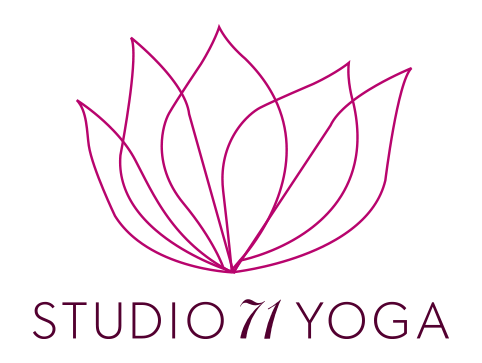For the past few years each of my yoga sessions (fall, winter, spring) has included a specific theme as a way to introduce students to a wider base of knowledge beyond yoga poses practiced on the mat. I was taught in this way by my teachers, who were taught in this same way by their revered teachers, and so on.
At the outset, I introduced Patanjali’s eight-fold path called ashtanga, as a general overview of some upcoming themes:
• Yama: principles that guide our interaction with others
• Niyama: guidelines for how to act toward ourselves
• Asana: physical postures/poses
• Pranayama: breathing techniques
• Pratyahara: withdrawal of the senses/ability to overcome distractions
• Dharana: ability to concentrate
• Dhyana: meditation
• Samadhi: state of bliss
This introduction paved the way for a more detailed step-by-step exploration of yama, niyama, pranayama, and dhyana, as well as the 7-chakra energy system.
With this same desire to further expand our learning, I’ve added mudras to our burgeoning awareness of the yoga tradition.
According to Georg Feuerstein, “In yoga, mudras are primarily special hand gestures that are used to conduct the body’s subtle energy or life force (prana) in specific ways.” Numerous yogic practices use mudras—a Sanskrit term meaning “seal”—to contain, direct, or enhance the body’s life force.
Many of the mudras originated from stories told by the Buddha on his path to enlightenment. They are commonly used during contemplative practices such as meditation and visualization, as well as during practices that control breathing, and rituals of worship.
There are hundreds of mudras, including the wide range of mudras of the hands, arms, legs, head, and trunk used in Indian dance and drama.
Mudras are powerful tools for healing and can be used to awaken the Five Elements. What are the Five Elements you ask?
According to the Five Elements Theory, our bodies and the entire world are composed of five elements—fire, air, earth, water, and space.
In the yoga tradition, each of these elements is represented by the fingers of the hand:
Thumb: fire (agni) represents universal consciousness, digestion, and transformation
Index: air (vayu) symbolizes individual consciousness/ movement of breath and other “winds”
Middle: space/ether (akash) represents the connection between each of the five elements for harmony and health
Fourth: earth (prithvi) is associated with qualities of grounding, stabilizing, and internal nourishing forces
Little: water (jal) represents liquids in our body—blood, saliva, lymph
One of the most common and recognizable mudras is the anjali gesture—the bringing of the palms of the hands together in front of the heart with the fingers extended upward—which symbolizes the divine offering of physical and spiritual harmony.
“Anjali mudra is a gesture of honoring, reverence, and loving connection. We can direct it toward others, as in greeting someone with Namaste or Namaskar. But we can also direct the energy of Anjali mudra toward ourselves. In this way it becomes a simple practice of self-honoring.”
That said, I place my hands in anjali mudra and bow my head toward the insightful heart, as a gesture of loving connection with myself and with you.
With joy and gratitude,
Jeannine
Know someone who might be interested in this topic? Share my blog with a friend.







